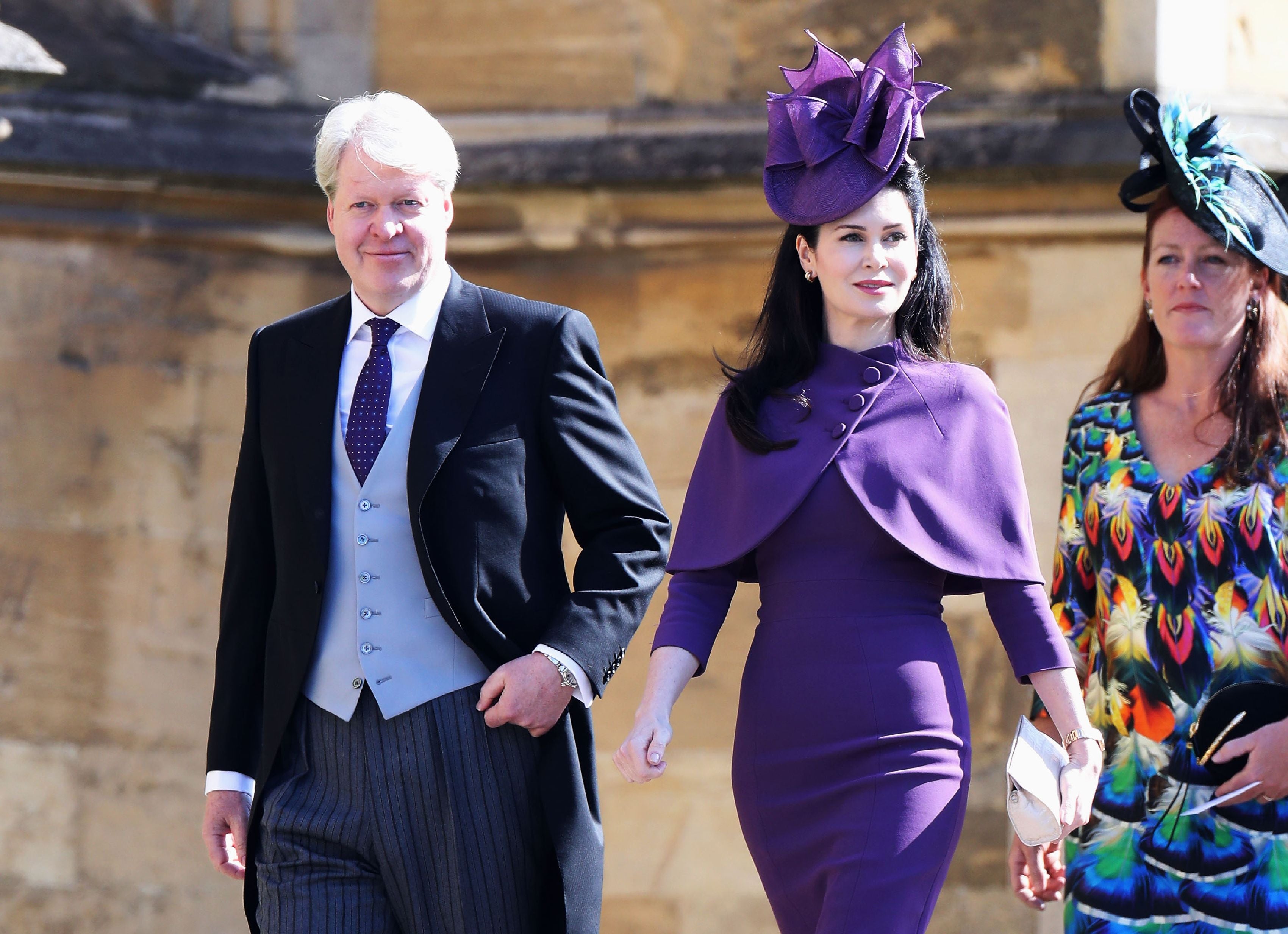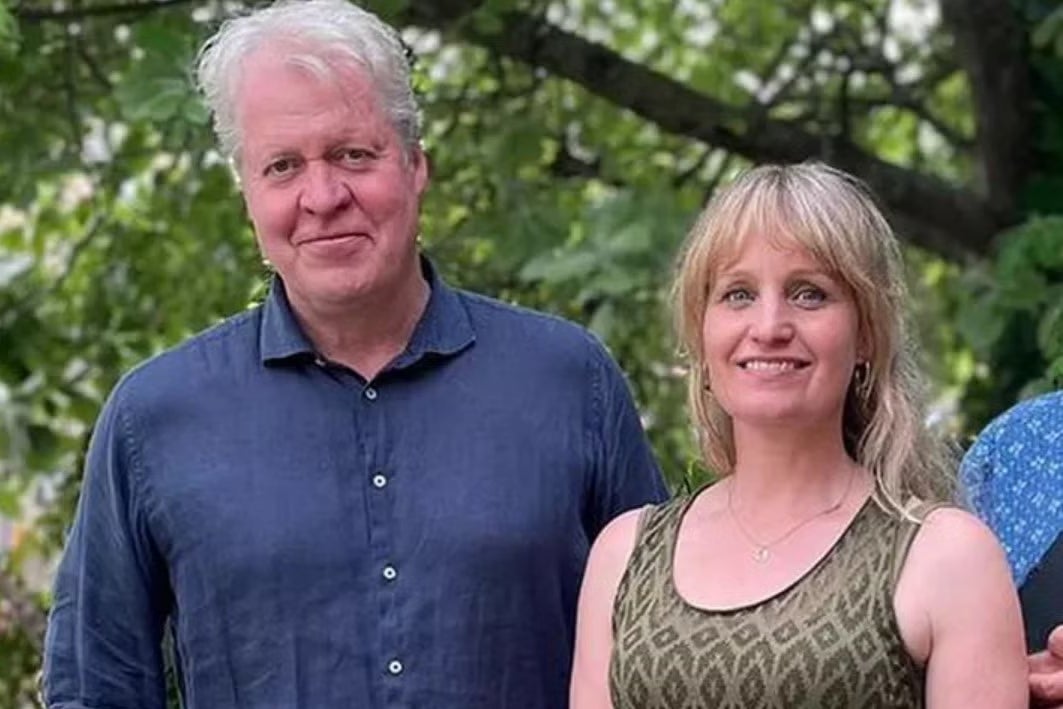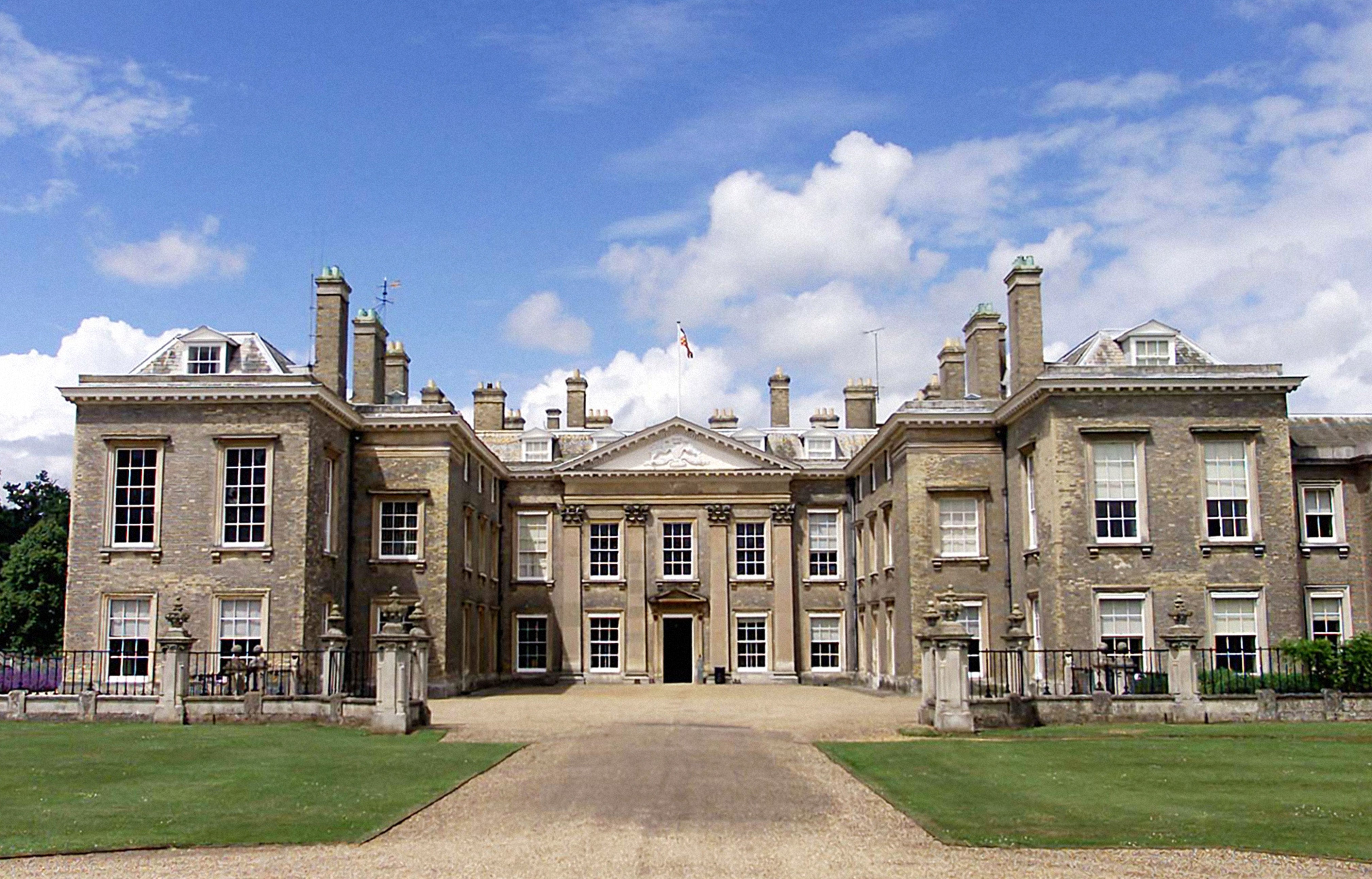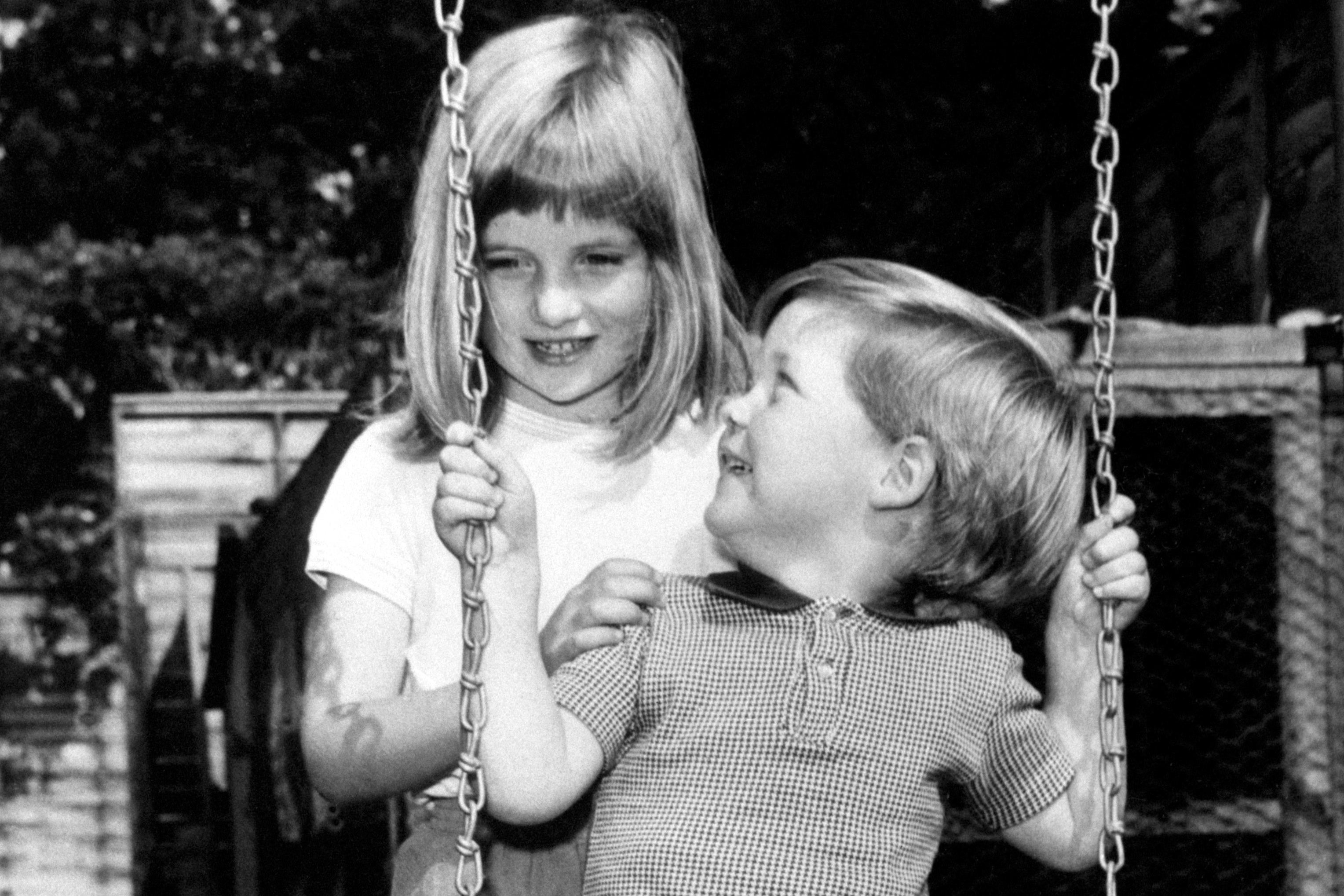Charles and Diana and the curse of the House of Althorp
As Princess Diana’s brother Charles Spencer is once again thrust into the limelight because of marital woes, royal historian Tessa Dunlop examines the relentless tragedy and turmoil that surrounds one of the grandest families in England


Althorp Estate has recently undergone something of a rewilding process. These days, at the right time of year, a scarlet rash of poppies and bold blue cornflowers bob their petalled heads towards middle England’s finest country home. The 9th Earl Spencer is rightly proud of this venture, proclaiming on X (Twitter) back in 2022: “Beautiful shot of the conservation work around Althorp House – our wild flower fields in bloom”.
The scene is a far cry from the one-time landscaped splendour of Capability Brown’s Midas touch. Today’s bountiful vista of speckled meadows is more reminiscent of Lady Chatterley’s Lover, or (let’s be devilish) Theresa May’s rebellious field of corn. Given recent turbulence within the Spencer Dynasty (where rewilding has taken on a whole new meaning), at least Charles Spencer and his new lover Professor Cat Jarman can seek solace amid nature’s generous caress.
Although, if Althorp’s history is anything to go by, more dramatic solutions may be called for. While Rev Richard Coles, that other luminary of Northamptonshire, and the couple’s podcast partner and friend, battles bugs and celebrities in the Australian jungle, back in middle England Charles might be forgiven for crying “I’m a Spencer! Get me out of here!”

Not for the first time, the 9th Earl has woman troubles. The Rubicon of a seventh decade is a sign to slow down for most mere mortals, but Charles Spencer appears to be in “twilight denial”. The Earl has embraced new love at aged 60 with a Norwegian archaeologist (only 18 years his junior), who happened to be digging around Althorp after he had an epiphany about his third (now former) marriage. Subsequently things have gotten somewhat gloopy; legal accusations are flying around concerning indiscretions about Cat Jarman’s health (more specifically an MS diagnosis) that apparently the Earl didn’t know about, but his third wife, Karen, did.
Keeping up? Don’t worry. It is confusing. And the Spencer dynasty has form. So rich, so illustrious, and so very complicated. Long before Diana’s split from Prince Charles paved the way for her baby brother’s first bruising divorce (the £2m settlement made headlines at the time), their parents had set a precedent.
In the late Sixties wriggling out of top-end aristocratic marriage was deeply problematic, especially for a woman. The acrimonious Spencer split saw Johnny, the later 8th Earl, retain custody of the children, while his ex-wife Francis Shand Kydd was branded a bolter. Diana remembered an unhappy childhood, and the transition to Northamptonshire proved discombobulating. She later recounted: “when I was 13 we moved to Althorp in Northampton and that was a terrible wrench.”
As for her brother Charles, his disclosures in a recent book – A Very Private School – suggest that his school, Maidenhall, was much worse (involving abuse, both sexual and emotional) than the home which he loved “and did not want to leave…even when it lacked a mother”. As the only son of the family, at least he benefited from the knowledge that one day Althorp would be his.

But inherited stability comes at a price, such is the burden of privilege that includes a 26-bedroom mansion, extensive deer park and an art collection with eye candy from Van Dyck, Gainsborough and Reynolds. Every time Charles Spencer shuffles the wife-pack, belts must necessarily be tightened. It is no coincidence that he has hired his former brother-in-law, King Charles’s divorce lawyer Fiona Shackleton. His stepmother, Raine (Diana nicknamed her Acid Raine) was held in contempt by the Spencer children for selling off masterpieces and much more besides. But as Charles wanders down Althorp’s exquisite picture gallery, he is unlikely to find answers to his marital woes (and the bills that accompany them), in the portraits of family past.
English historian AJP Taylor observed that, in the early 20th century, the middle classes had learnt the value of monogamy (and sexual frustration) to keep family sizes in check. No such restraints impinged on aristocratic pursuits. Back then marriage was about property and “official” progeny, with concerns regarding infidelity frequently overlooked. This equation invariably stacked the odds against women.
In the recesses of history, Spencer’s unhappiness is easily sourced: perhaps most famously Georgina Spencer, an Althorp child who later became the Duchess of Devonshire, renowned for her lavish 18th-century lifestyle and loveless marriage. Meanwhile more recent times are bookended by the tragic demise of Diana, Charles’s older sister, whose permanent residency at Althorp only came after she had died.

In 2013, the Succession to the Crown Act amended the system of male primogeniture within the Royal Family, but among the dusty ranks of England’s aristocrats, all too often men continue to reign supreme, Althorp Estate included. The 9th Earl’s fourth child of seven and only son, Louis, will inherit the Northamptonshire pile. This is one family home which no wife can expect to keep in the wake of a divorce. Such are the downsides of marrying into historic privilege. The Spencers’ found their first fortune in Tudor times with wool the chosen trade. Sheep remain in the family. By all accounts, Charles’ third ex-wife, Karen has only just found a new abode for herself, and her seven horses, four cats, a dog and two pet sheep, Minty and Lucky.
For someone who enjoys talking truth to power, (most famously his Diana eulogy at the late Princess’s funeral), Charles’s life embodies some inconvenient contradictions. A bright man and a historian of some repute, he will understand better than most that Althorp’s splendour has, once more, proved both a blessing and burden. The elixir of fresh romance that he currently enjoys evades most men of his age, but the 9th Earl is not any man, with tabloid disquiet just one of the many costs attached to Charles’ apparently irresistible Spencer brand.
Tessa Dunlop is the author of Sunday Times bestselling, ‘The Century Girls, the final word from the women who have lived the past 100 years of British history’, 2018, Simon & Schuster.





Join our commenting forum
Join thought-provoking conversations, follow other Independent readers and see their replies
Comments